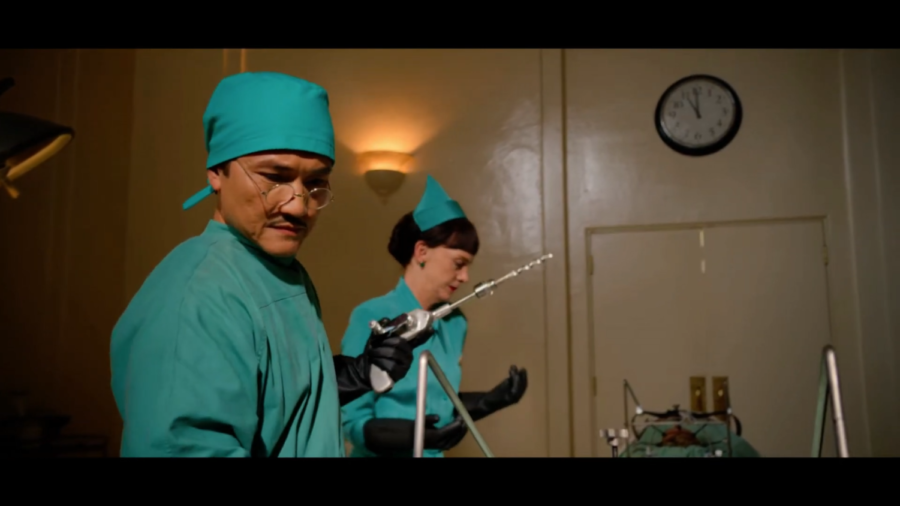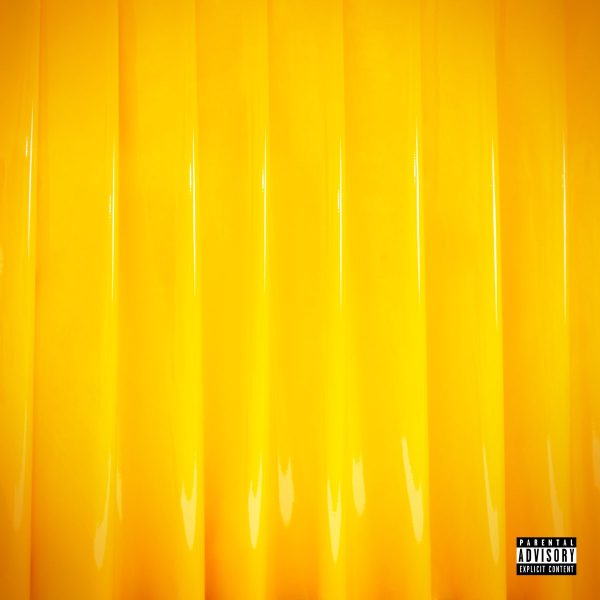‘Ratched’ looks into the history of mental illness treatment
October 19, 2020
Editor’s note: This article contains information about dated forms of what were once considered “mental illnesses” as well as the harsh treatments for them.
One of Netflix’s newest series “Ratched” stars Golden Globe winner Sarah Paulson, who carries the show on her back with excellent performances episode to episode. But there’s another aspect of the show that needs to be explored — that is, the way the show portrays mental illness treatment.
For context, “Ratched” is set in the late 1940s and follows a woman named Mildred Ratched (Paulson), who works as a nurse in a highly regarded mental institution. The show touches on many eerie topics, but none more than the way mental illness affects people and how it should be treated according to societal norms of the time. For example, to treat those suffering from “lesbianism” patients are locked from neck down in a bathtub that reaches temperatures of 117 degrees Fahrenheit, and they are berated for their acts of sexual immorality.
This is a very basic example of negative reinforcement, once they renounce these thoughts and behaviors, they are allowed to be switched to a tub filled with ice water. Afterward, the women are shown to be very standoffish toward other women, even those with whom they share intimate relationships with. Techniques such as this are frequently used throughout the show to give a more in-depth visual portrayal of the lewd practices used in the past to help “cure” various mental illnesses.
It is very interesting to see the level of physical brutality the country allowed for use back in the early 20th century to fight mental illness. The show does a great job of making one feel the effects of such tactics on a human. While cruel, the nurses and doctors believed they were only doing what was necessary. For other patients, a flathead screwdriver to the brain helps to keep them from going mad or being sporadic. Hypnosis is a treatment for another illness, LSD for another and so on.
The show has some very interesting concepts and it really gives viewers an up-close look on how mental illness was treated back in the day. It’s easy to read a book about torture methods used in psych wards, but seeing it up close can become unbearable at times. For fans interested in the grotesque and taboo, give this show a watch. It has great directing and writing, and while the acting can be so-so at times, Paulson brings her A game every time she is on screen. She has great chemistry with the supporting cast and makes their acting performances better, in turn making “Ratched” a better show.
“Ratched” dives deep into territory that isn’t for everybody, but it makes everyone grateful the institutions of treating mental illness have come so far since the 1940s.

















